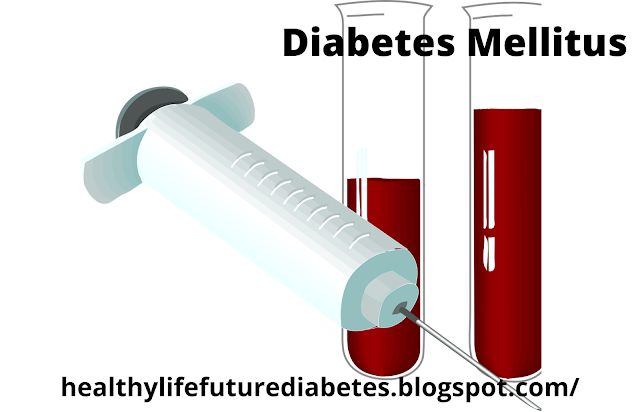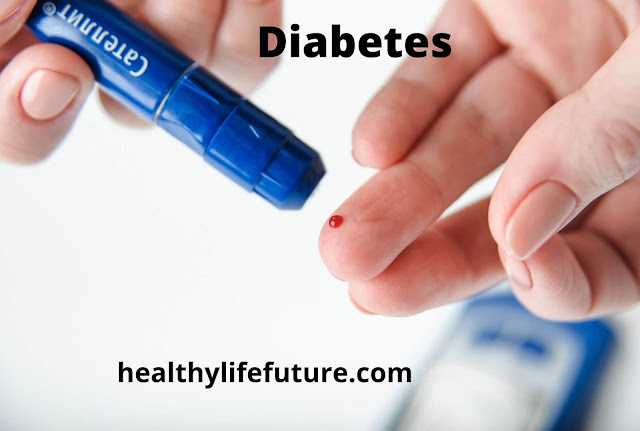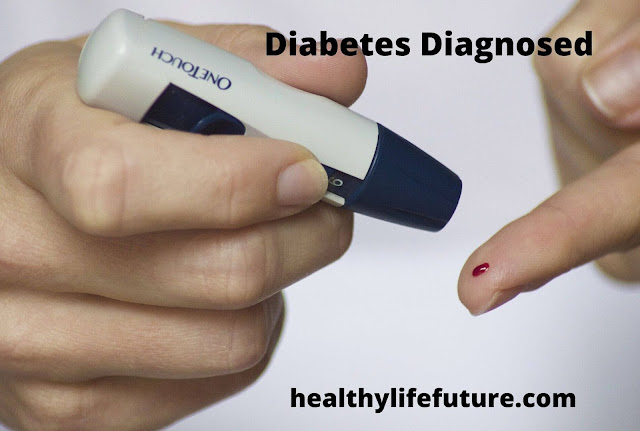2020| 5 Low-Glycemic Vegetables Diabetics Must Add To Their Diet
2020 Diabetes diet: Seasonal vegetables can offer you palenty of nutrients. Diabetics can choose vegetables with low-GI score. Here are some options to choose from. Diabetes diet should include such foods that can help in maintain healthy blood sugar levels. Glycemic index is a commonly used tool that helps determine foods safe for diabetes consumption. Glycemic index is a value that is used to measure how specific food increases blood sugar levels. It helps you understand the effect of food consumed on blood sugar levels and how fast your body converts the carbs present in the food into glucose. Two foods with the same amount of carbs can have different glycemic index numbers. Vegetables should be an essential part of every diet. These are loaded with essential nutrients and fibre that are beneficial for the body. Vegetables with low GI can be a part of a diabetes diet. The lower the GI number is the lesser is the impact on blood sugars. There are three GI ratings- low GI: 55...



